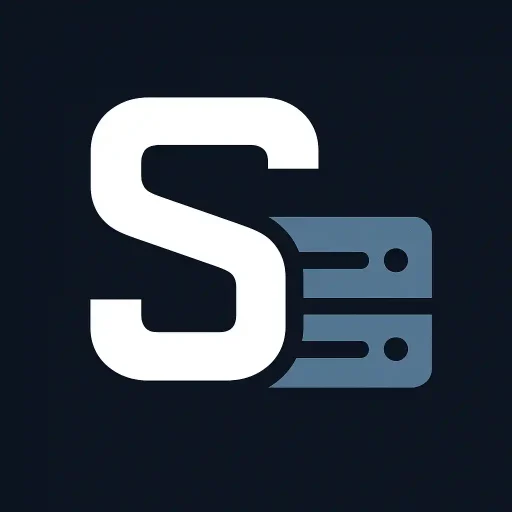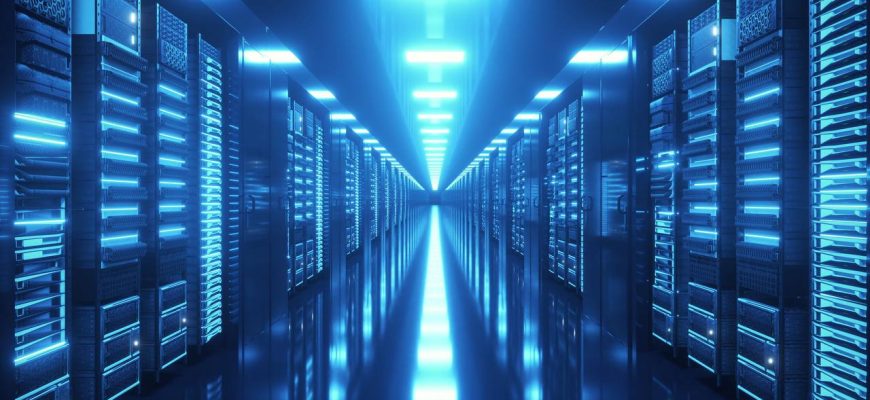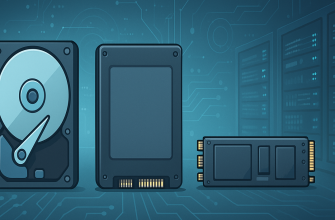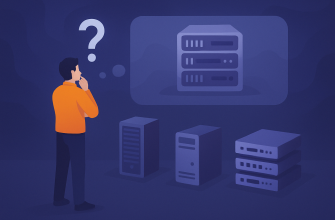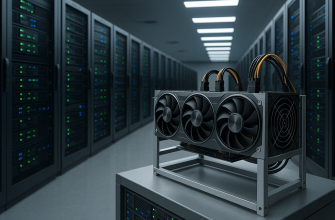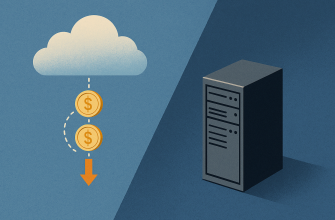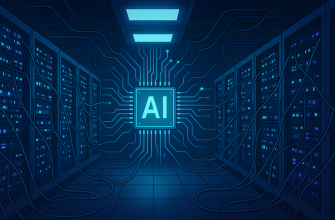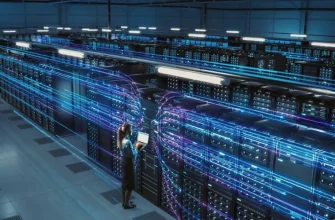Many people wonder: what exactly is a data center (DC)? It is a center for processing (personal) data or a data processing center (DPC). Essentially, a data center is a specially equipped building or room (though the latter is less common), designed to house specialized equipment necessary for data storage and processing. It also facilitates connection to internet network channels.
To put it simply, data centers are facilities with servers installed, operating 24/7 with constant network connectivity. The servers are placed on individual racks. Hosting companies rent these racks (or multiple racks) from the data centers, which are then leased to users as hosting services or virtual servers.
The most reliable hosting companies are those that own their own data centers. If they are just renters, they are not fully responsible for the quality of the product. Another option is when a hosting company buys its equipment, which is also a good choice for collaboration.
How is a Data Center Structured?
A data center has a well-thought-out structure that meets various requirements in terms of energy efficiency, security, cooling systems, etc. In general, a data center is like a library with tightly arranged rows of shelves, but instead of books, you find computers and the infrastructure that supports them. A data center includes all the essential components needed for its proper functioning, such as:
- Building: The first consideration in setting up a data center is selecting the right building, one that can safely house electrical equipment. It must have modern fire suppression systems, access to utilities, especially high-speed internet, surveillance systems, and more.
- Power Supply: This is a critical element. If electricity is lost, the entire data center infrastructure could fail. To ensure reliability, only trustworthy power sources are used, and backup power systems are installed, such as diesel generators, to deal with emergencies in the city’s power grid.
- Cooling System: Cooling and ventilation are equally important. Network devices generate a significant amount of heat during operation, so a proper cooling system must be in place to prevent overheating or fires in electronic components.
Additionally, quality communication equipment, network infrastructure, switches, routers, backbone communication channels, load balancing equipment, and other elements are necessary to ensure the smooth operation of the facility.
The key elements of a data center are the servers with data storage, often implemented as RAID arrays or SAN. Since data centers need to be monitored 24/7, tracking systems and various auxiliary sensors are also vital.
When is a Data Center Necessary?
In essence, all providers offer data center services to ensure the reliability of storage and processing of all data on their resources, preventing service failures. This guarantees the continuous operation of large internet portals and allows for complex computations.
Moreover, any data center is responsible for providing secure channels for data exchange and communication, including international links. Globally, the demand for high reliability and data security is increasing.
Advantages of Using a Data Center
For a business or an individual entrepreneur looking to establish an online presence, renting space in a data center is the optimal choice. The main benefits include:
- Maximum Reliability and 24/7 Availability: No other IT infrastructure can offer the same level of reliability for websites or applications.
- Cost-Effectiveness: Renting a data center is significantly cheaper than building and maintaining your own server or data center. It’s more convenient and economical, as the owner of the data center handles all maintenance, upgrades, and issue resolutions.
- Peace of Mind: Renters do not need to worry about keeping the center operational, monitoring equipment, etc. The data center owner takes care of everything, allowing clients to focus on their core tasks.
Another advantage is the reduced risk of data loss and the ability to rent servers in other geographical regions, avoiding internal limitations, among other benefits.
Reliability Tiers of Data Centers
Every data center has specific reliability standards that are based on fault-free operation and regulated by certain standards. One key standard is TIA-942, which defines four reliability tiers: Tier 1 to Tier 4. Let’s take a closer look at each tier:
- Tier 1: This level represents a basic infrastructure with no redundancy. These centers are suitable for small businesses such as travel agencies or legal offices. They may experience up to 28.8 hours of downtime per year, resulting in an uptime of 99.67%. They use N-class equipment.
- Tier 2: These centers feature more complex systems with backup power, including both primary and secondary power sources, and climate control with power redundancy. They are suitable for government agencies or educational institutions. Downtime can be up to 22 hours per year, resulting in an uptime of 99.75%. Equipment used here is typically N+ class.
- Tier 3: These systems include fully redundant power components and allow maintenance without downtime. They are ideal for businesses that require high reliability, such as banks or financial institutions, especially those with 24/7 operations. Uptime is 99.98%, with a maximum of 1.6 hours of downtime annually.
- Tier 4: This level is considered fault-tolerant and is recommended for military organizations and financial institutions, such as stock exchanges, due to its high reliability and security.
How to Choose a Data Center
To select the right data center, consider the following key factors:
- Meeting Your Needs: Determine what you need from the data center: speed, scalability, security, etc. This will help you focus on the most suitable options. Always know exactly what you’re looking for.
- Location: The location is crucial, especially since some countries may prohibit certain types of content.
- Support Services: A good data center should offer excellent customer support to handle any issues.
Also, pay attention to the data center’s ability to scale if your project becomes successful. Check reviews and recommendations from other users.
Lastly, consider the pricing plans and services offered. It’s often better to avoid overpaying for the same set of services.
Data Center Location
A key rule to remember: the closer the data center is to its clients (users), the better the service quality.
Thus, if most businesses requiring reliability and data protection are located in Russia, the data centers should be nearby. The farther away the data center is from its clients, the worse the connection quality.
Conclusion
A high-quality data center is crucial for ensuring the reliable and fault-free operation of a company online. Why invest in building and maintaining expensive equipment in a separate facility when you can rent or buy it? Hosting your servers in a data center ensures data security and optimizes costs.
